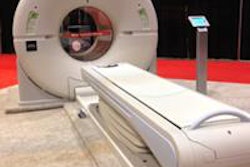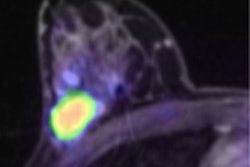Researchers at the University of Texas at Austin have developed a new, less expensive method for enriching stable isotopes, according to a study published online in Nature Physics.
The new method, called magnetically activated and guided isotope separation (MAGIS), needs little energy due to its use of low-powered lasers and permanent magnets. The researchers used MAGIS to enrich lithium-7, which is crucial to the operation of most nuclear reactors (Nature Physics, June 29, 2014).
MAGIS has less potential for environmental effects than the chemical process used in producing lithium-7, which has been linked to mercury contamination, according to a release from the university. Lithium-7 production was banned in the U.S. because of environmental concerns, and it is unclear whether current sources in China and Russia will continue to meet global demand.
MAGIS ultimately could benefit the production of molybdenum-99 (Mo-99), an isotope used for imaging in heart, kidney, and breast procedures.
Study co-author Mark Raizen, a professor of physics, said the goal now is to get the technology out of the lab and into the world. MAGIS has been issued a U.S. patent, which is owned by the University of Texas at Austin, with Raizen as a co-inventor.
Raizen plans to create a nonprofit foundation to license the technology.




















